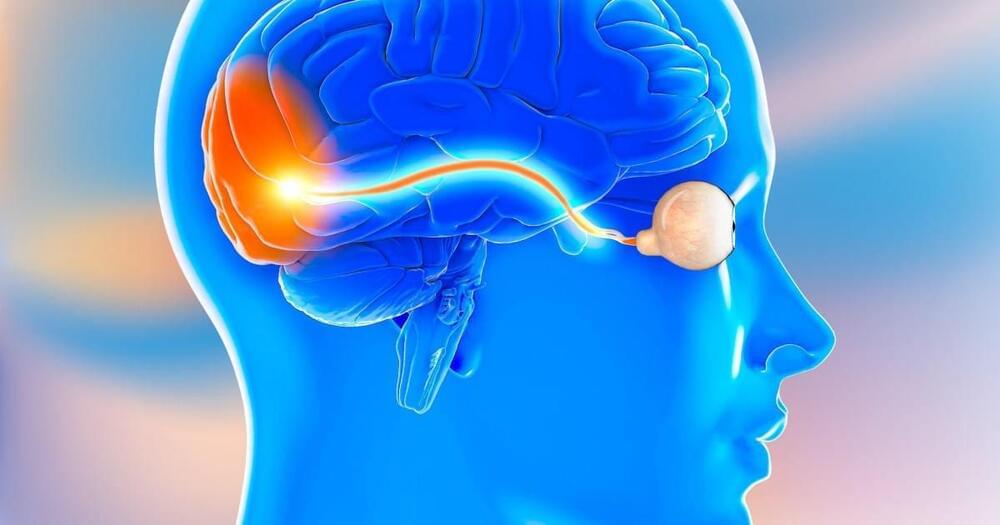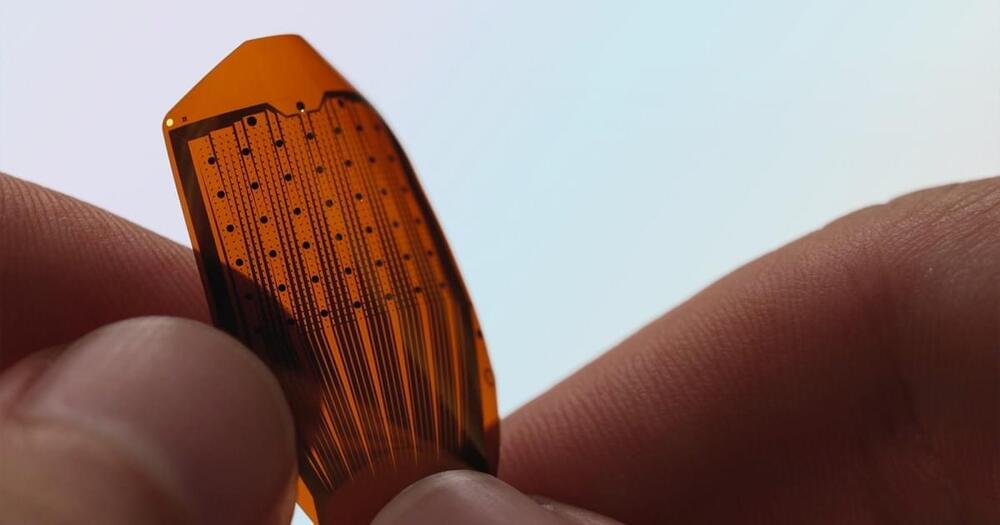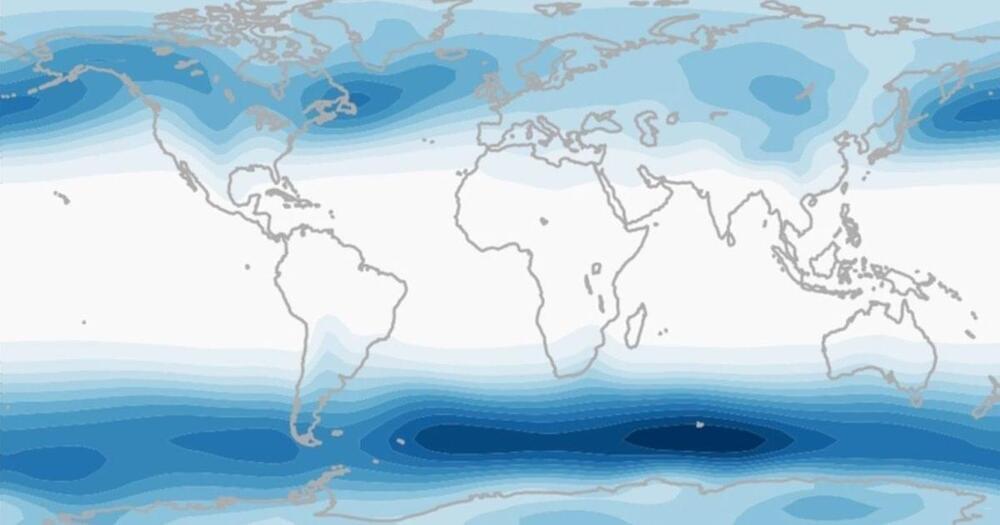Algorithmic governance covers the rules and practices for the construction and use of algorithms embedded in AI technologies. But how should these be applied?



New research from a team including a Lawrence Livermore National Laboratory scientist reaffirms that human footprints found in White Sands National Park, New Mexico, date to the Last Glacial Maximum, placing humans in North America thousands of years earlier than once thought. Explore the role of radiocarbon dating of pollen in the discovery:
We support diverse research activities with talented staff, state-of-the-art facilities and core competencies. From internal collaboration to external partnerships, we work together to advance scientific discovery.
Paul Bunn, MD, University of Colorado Cancer Center, Aurora, CO, discusses the survival rates of patients with stage IV lung cancer, which remain suboptimal. For patients who have a high PD-L1 tumor proportion score (TPS), approximately a third of patients survive 5 years after initial diagnosis, and further statistical analysis is required to assess whether co-morbidities contribute to patient mortality after the 5 year mark. Despite the lack of available therapies for patients with late stage lung cancer, Prof. Bunn highlights treatment options for early stage lung cancer including immunotherapy and tyrosine kinase inhibitors (TKIs) for patients with driver mutations. This interview took place at the 2022 Targeted Therapies of Lung Cancer Meeting (TTLC 2022).


Tesla is planning to build something called “Giga Water Loop” just outside of Gigafactory Texas in Austin.
But we are not sure what it is.
Gigafatory Texas is arguably Tesla’s most ambitious manufacturing project to date, and that’s saying a lot because the company has many ambitious manufacturing projects.



To make its weather predictions, it analyzes 60 million daily observations from satellite, aircraft, and ground-based reports, using what we know about atmospheric physics to determine what the weather is likely to be like across the globe over the next 15 days.
This can literally save lives — if people know in advance that hurricanes or winter storms are heading their way, they can take action to prepare — but because the model is so complex, it must be run on a supercomputer over the course of several hours, which also makes it expensive.
The AIs: AI-based weather forecasting models are starting to catch up with traditional ones, like the European Model.

